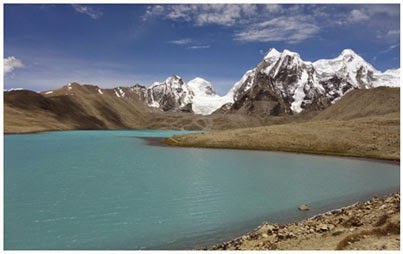The Cause of Unhappiness : 6.

Now, this is an indication of what is to be done. We have suffered from various diseases for the last ten years. What are the kinds of disease that attacked us? We can find out the predominance of these illnesses and the peculiar characters of the diseases to which we are susceptible – the major problems of our life as illness. Likewise, the major or predominant character of the vrittis of the mind can be discovered by a careful analysis of an average taken in this manner. Everyone has desires; everyone has vrittis; everyone has distresses, anguishes, etc., but they vary in tones of expression. The way in which one reacts to the external conditions of life, normally speaking, is the nature of one’s person – and it is this that has to be subdued. It is not one vritti that we are subduing; it is the entire tendency of the mind to manifest as vrittis. It may manifest itself as many vrittis, many types of vrittis, but whatever be the types or the ways in which it manifests ...




















